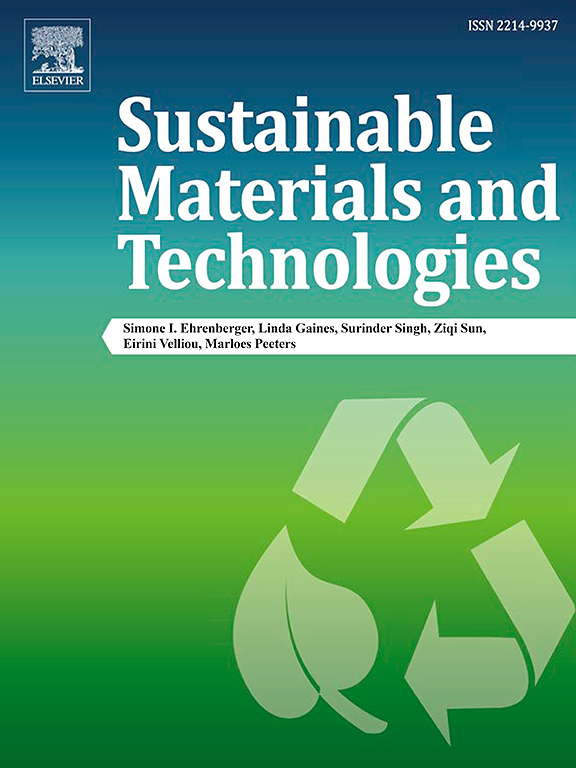Enhancing CO2 capture performance through activation of olive pomace biochar: A comparative study of physical and chemical methods
IF 8.6
2区 工程技术
Q1 ENERGY & FUELS
引用次数: 0
Abstract
This work contributes understanding technical feasibility use of an agro-industrial waste as raw material for CO2 capture. Physical and chemical activation treatments to enhance adsorption properties of exhausts olive pomace biochar were investigated. Innovatively, the effects of different kinds of activating agents (steam, CO2, H3PO4 and KOH) on activated biocarbon's properties were deeply examined, also through an original high-pressure thermobalance, that is enabled higher initial sample weights, temperatures, and pressures compared to those employed in conventional methods.
The activation conditions significantly affect the biochar morphology and CO2 adsorption capacity. Chemical activation, particularly with KOH, produced highly microporous structures, greatly enhancing CO2 adsorption. Specifically, KOH activation achieved adsorption capacities of up to 3.04 mmol/g at 30 °C and 10 bar. Textural analysis showed that KOH activation primarily increased microporosity, while other methods produced both micropores and mesopores. Interestingly, acid and physical activations were less effective, as they reduced CO2 adsorption due to changes in the internal structure. Thus, olive pomace proves to be a promising precursor for developing efficient biochar adsorbents. The use of KOH as an activating agent particularly stands out, achieving notable CO2 adsorption capacities.
通过活化橄榄渣生物炭提高二氧化碳捕集性能:物理和化学方法的比较研究
这项研究有助于了解使用农用工业废料作为二氧化碳捕集原料的技术可行性。研究了如何通过物理和化学活化处理来提高橄榄渣生物炭的吸附性能。创新性地深入研究了不同种类的活化剂(蒸汽、CO2、H3PO4 和 KOH)对活化生物炭特性的影响,同时还采用了独创的高压热平衡法,与传统方法相比,这种方法可以提高初始样品重量、温度和压力。化学活化,尤其是 KOH 活化,产生了高度微孔结构,大大提高了二氧化碳吸附能力。具体而言,在 30 °C 和 10 bar 条件下,KOH 活化产生的吸附容量高达 3.04 mmol/g。质构分析表明,KOH 活化主要增加了微孔,而其他方法则同时产生微孔和中孔。有趣的是,酸活化和物理活化的效果较差,因为它们会因内部结构的变化而减少对二氧化碳的吸附。因此,橄榄渣被证明是开发高效生物炭吸附剂的理想前体。使用 KOH 作为活化剂尤为突出,可实现显著的二氧化碳吸附能力。
本文章由计算机程序翻译,如有差异,请以英文原文为准。
求助全文
约1分钟内获得全文
求助全文
来源期刊

Sustainable Materials and Technologies
Energy-Renewable Energy, Sustainability and the Environment
CiteScore
13.40
自引率
4.20%
发文量
158
审稿时长
45 days
期刊介绍:
Sustainable Materials and Technologies (SM&T), an international, cross-disciplinary, fully open access journal published by Elsevier, focuses on original full-length research articles and reviews. It covers applied or fundamental science of nano-, micro-, meso-, and macro-scale aspects of materials and technologies for sustainable development. SM&T gives special attention to contributions that bridge the knowledge gap between materials and system designs.
 求助内容:
求助内容: 应助结果提醒方式:
应助结果提醒方式:


